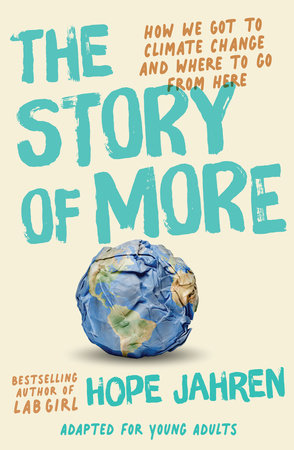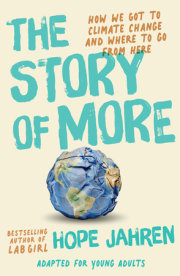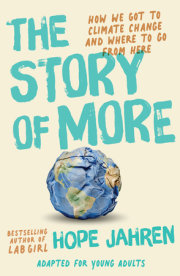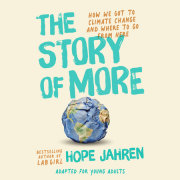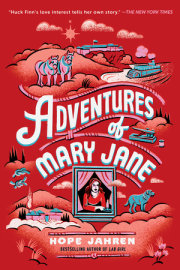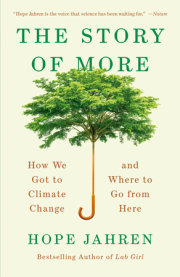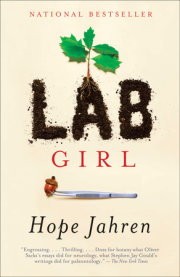Celebrating Earth Day
Celebrate Earth Day on April 22nd by encouraging students to learn about and protect their planet. Check out our secondary level collections of titles in: Earth Science Environmental Science & Issues Wildlife Climate Change for Middle School and High School | Download a Thematic Educator Guide

